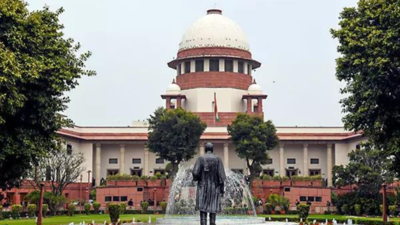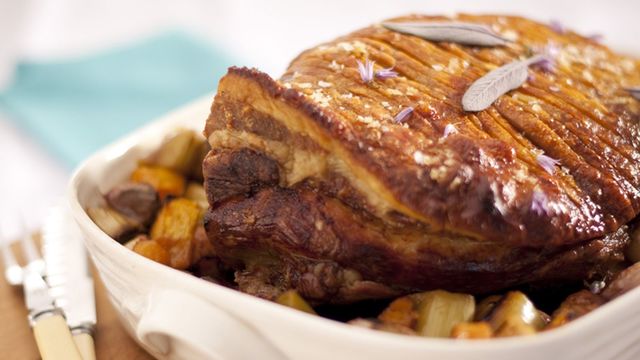
Representative photo NEW DELHI: Why is it that high courts in the southern states have managed to bring down judges’ vacancies to as low as 4% of their sanctioned strength, while the largest ones in other parts of the country have as high as 49%? A TOI analysis shows the constitutional courts in southern states have reversed the trend of perpetual large vacancies of judges as against their counterparts in other states. Kerala HC, for instance, has managed to bring vacancies down to 4%, as on Nov 1, lowest among all big HCs. Others in the region like Madras HC has brought it down to 11% and Karnataka HC to 19%.
In contrast, Allahabad HC, the country’s largest HC with a sanctioned strength of 160 judges, has 49% of its judges’ posts vacant, the highest among all 25 HCs. The situation is somewhat similar elsewhere with Orissa HC having 42% vacancies, followed by Calcutta at 40%, and 38% each in Punjab & Haryana, Delhi and Gujarat; and 27% in Bombay. The vacancy issue is a perennial problem troubling higher judiciary, and govt equally.
One of the reasons often cited for not finding suitable candidates is the unwillingness of acclaimed lawyers to join the bench as they find the quantum of work too disproportionate to the remuneration offered. The other factor, which probably explains why HCs in the southern states have managed to bring down vacancies significantly, is timely recommendations by the collegium on appointment of judges. As per norms, the chief justice of HC concerned has to initiate a proposal for elevation of an advocate, or from among district judges, for judgeship of HC at least six months prior to the occurrence of the vacancy.
However, this timeline is seldom followed, the law minister had said in a written response to a Parliament question during the last monsoon session. The law minister further said that as on July 19, govt had received only 219 recommendations, which were at different stages of processing, as against vacancies of 357 judges. For the 138 remaining vacancies, there were no recommendations made by the collegiums of HCs concerned.
Though recommendations are made by a collegium of three senior-most judges of the HC concerned, the final appointment is made with the approval of SC collegium, after an independent vetting by IB. As on Nov 1, 25 HCs in the country had 352 judges’ posts vacant, which is 32% of their sanctioned strength of 1,114..














